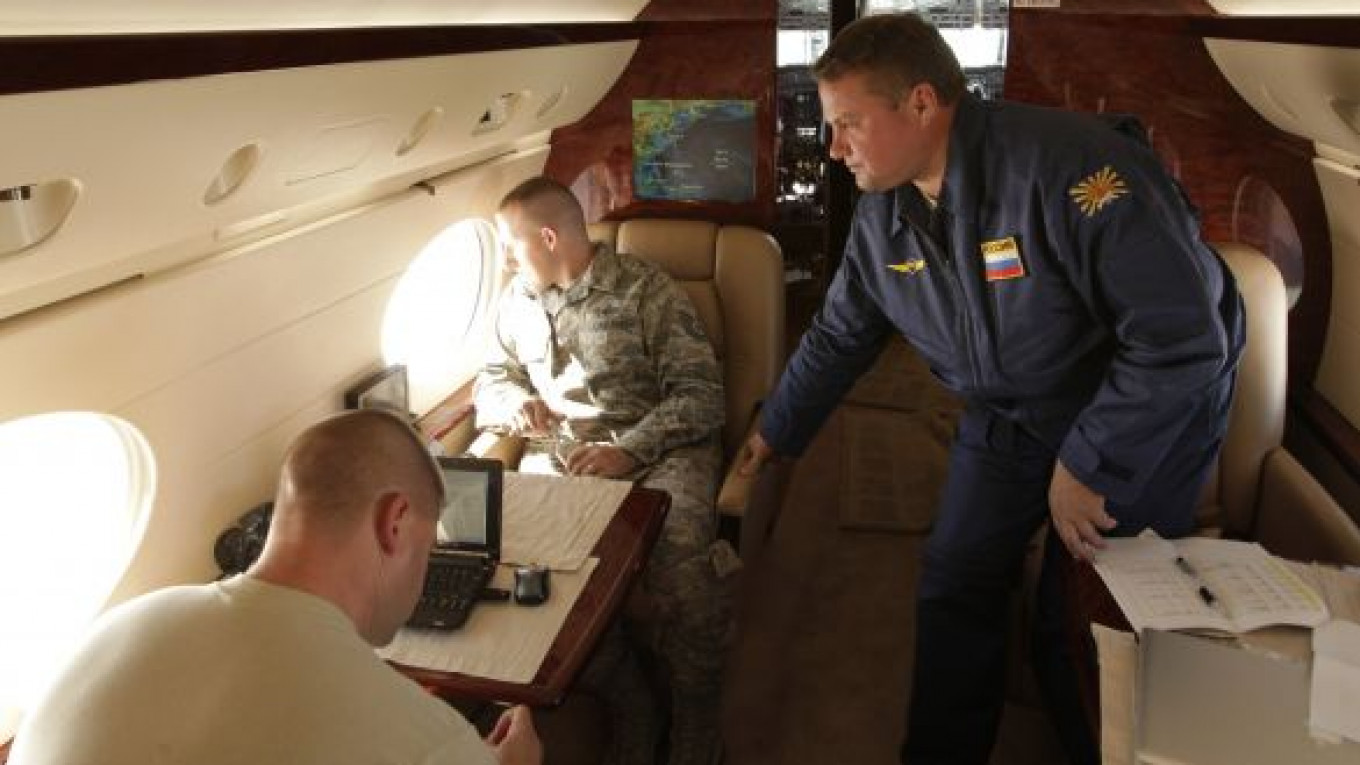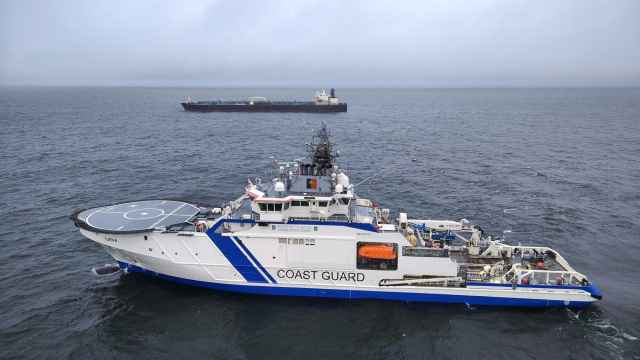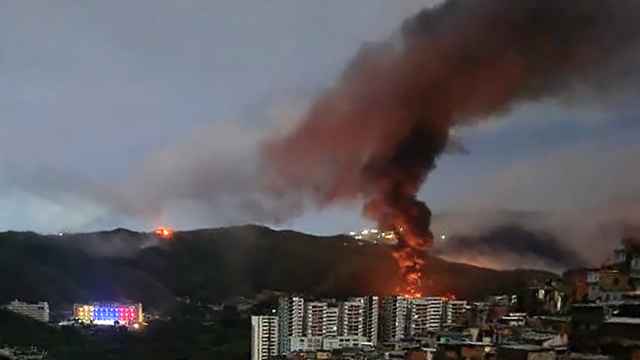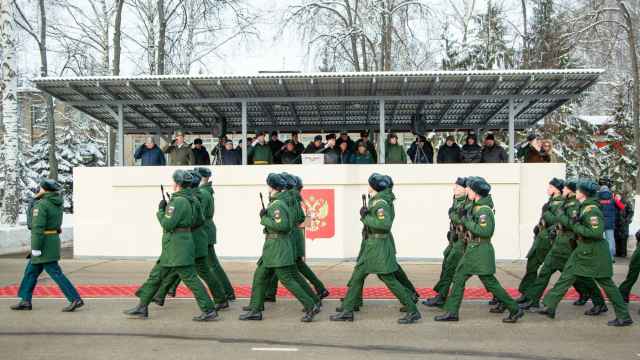ABOARD FENCING 1220 — A chartered jet with American, Russian and Canadian officers aboard played the role of a hijacked plane in an unprecedented drill Monday as pursuing fighter planes flew close enough to see the pilots' helmets silhouetted against the blue sky.
Flying west across the Pacific starting Sunday from Alaska, the Gulfstream, code-named Fencing 1220, was shadowed first by F-22s from the North American Aerospace Defense Command, or NORAD, and later by Russian Su-27 and MiG-31 fighters.
It was the first joint exercise of its kind between the former Cold War adversaries.
"To see those Russian fighters pull up right on time, to hear the Russians [talking on the radio], it's just incredible," said U.S. Army Major Michael Humphreys, the senior American officer on the Gulfstream and a spokesman for NORAD, a U.S.-Canadian command that patrols the skies over North America.
The Russian Air Force representative taking part, Colonel Alexander Vasiliyev, knew the day would come when the former Cold War enemies would work in concert, but "he never thought it would be him sitting on the aircraft," his translator said.
Vasiliyev declined to be quoted directly, saying he would leave that to an official Russian spokesman at a news conference planned later in the week.
Vasiliyev snapped souvenir photos out the window as the NORAD jets closed in. He chatted amiably with Canadian Forces Colonel Todd Balfe, NORAD's deputy commander for the Alaska region, who was also aboard the plane.
The exercise, called Vigilant Eagle, was designed to see how well the two sides could coordinate during a hijacking. It is scheduled to run through Tuesday.
About 10 minutes after taking off from Anchorage, Alaska, the Gulfstream's civilian pilots radioed an agreed-upon digital code, 5475, to civilian air traffic controllers in the United States to signal that the plane had been "hijacked."
Ben Rhodes, one of the pilots, followed up with a voice radio call: "Fencing 1220 squawking 5475 for the exercise."
NORAD then dispatched the F-22s and an E-3 Sentry — an airborne surveillance and command post — to shadow Fencing 1220.
The Gulfstream was still over Alaska at about 11,500 meters when the angular, silver F-22s drew alongside, about 10 minutes after the hijack signal. They edged to within 150 meters and after about 30 minutes, they turned back to refuel and did not return.
On the ground and in the air, NORAD commanders and civilian aviation officials were communicating with their Russian counterparts. About two hours after the F-22s fell back, while the Gulfstream was over the Pacific, NORAD told Russian officers the plane was theirs to follow.
Two Russian Su-27 fighters painted pale blue and white soon pulled up from behind Fencing 1220 and hovered off the right side, red stars clearly visible on their wings and twin tails. They shadowed the Gulfstream for about 90 minutes before banking sharply to the left and peeling away.
Three other Russian fighters, a MiG-31 and two Su-27s, later shadowed the Gulfstream during the 7 1/2-hour flight. All the fighters were unarmed, a condition of the exercise.
Balfe acknowledged that it may seem "incongruous" that the exercise was taking place amid tension between his country and Russia over recent Russian bomber flights probing the northern boundaries of Canadian airspace. But terrorism transcends national boundaries, he said, and exercises like this could lay the foundation for cooperating on other issues as well.
"So we'll start out with this mission, and if that leads into other missions, for example, probing of air spaces, well, that would be a great thing as well," he said.
Vasiliyev said it was too early to evaluate the exercise, but everything had gone according to schedule.
Balfe said things went well from his viewpoint, but he had not talked with NORAD and civilian officials on the ground.
In the second leg of the exercise, the Gulfstream will fly east across the Pacific and land in Alaska on Tuesday. A full-scale evaluation will be made in September.
A Message from The Moscow Times:
Dear readers,
We are facing unprecedented challenges. Russia's Prosecutor General's Office has designated The Moscow Times as an "undesirable" organization, criminalizing our work and putting our staff at risk of prosecution. This follows our earlier unjust labeling as a "foreign agent."
These actions are direct attempts to silence independent journalism in Russia. The authorities claim our work "discredits the decisions of the Russian leadership." We see things differently: we strive to provide accurate, unbiased reporting on Russia.
We, the journalists of The Moscow Times, refuse to be silenced. But to continue our work, we need your help.
Your support, no matter how small, makes a world of difference. If you can, please support us monthly starting from just $2. It's quick to set up, and every contribution makes a significant impact.
By supporting The Moscow Times, you're defending open, independent journalism in the face of repression. Thank you for standing with us.
Remind me later.






